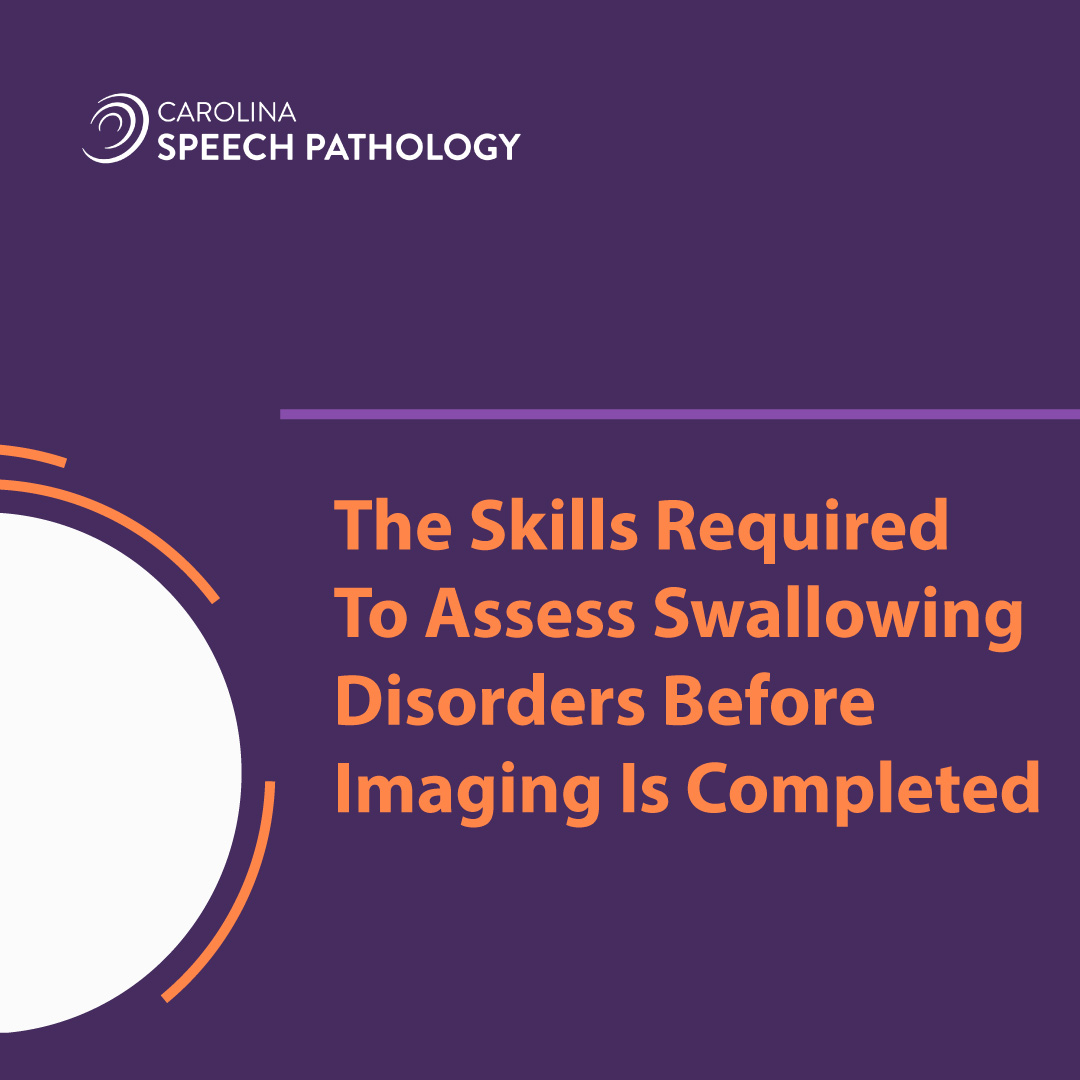As dysphagia educators and mobile FEES providers, we spend a lot of time talking about the importance of dysphagia imaging. But what about all of the skills required to assess swallowing disorders before imaging is completed?? Let’s take a closer look at the speech pathologist’s role at the very beginning of the dysphagia evaluation process.
ASHA’s Adult Dysphagia Practice Portal describes dysphagia evaluation as a “comprehensive assessment,” as it requires integration of many pieces of information in order for us to accurately assess and diagnose swallowing disorders.
The very first bullet under ASHA’s guide to swallowing assessment is “a review of medical / clinical records,” a.k.a. “a bang-up chart review.” Notable findings from a thorough chart review include, but are not limited to:
- Age
- Allergies
- Medical diagnoses
- Baseline level of function
- Potential impact of medications on swallowing
- Nutritional status
- Surgical history
- Mention of any previous issues with dysphagia as well as relevant evaluations and interventions
- Documented conversations regarding patient’s prognosis and overall goals of care
Next steps in competing a comprehensive dysphagia assessment include inspection of the oral mechanism, a cranial nerve assessment, and other observations listed in the practice portal such as:
- structural assessment of the face, jaw, lips, tongue, hard and soft palate, oropharynx, and oral mucosa;
- functional assessment of muscles and structures used in swallowing, including symmetry, sensation, strength, tone, range and rate of motion, and coordination of movement;
- analysis of head–neck control, posture, oral reflexes, and involuntary movements; and
- assessment of respiratory status, cough, and throat clearing abilities.
As the assessment moves into the Clinical Swallow Evaluation, food and liquid trials are provided to allow for assessment of oral phase control and efficiency; presence or absence of laryngeal excursion; behavioral signs and symptoms of dysphagia; impact of fatigue on swallow function; changes to respiratory function while eating; changes to patient’s physiological status while eating.
The clinical examination may inform recommendations for dysphagia management and assist with planning next steps. In order to justify those next steps, the speech language pathologist must know how to integrate all of the information gleaned from the chart review and clinical swallow evaluation results.
If you are interested in sharpening up your chart review skills, or want to review the latest research regarding clinical swallow evaluations, we have just the self-study courses for you!

